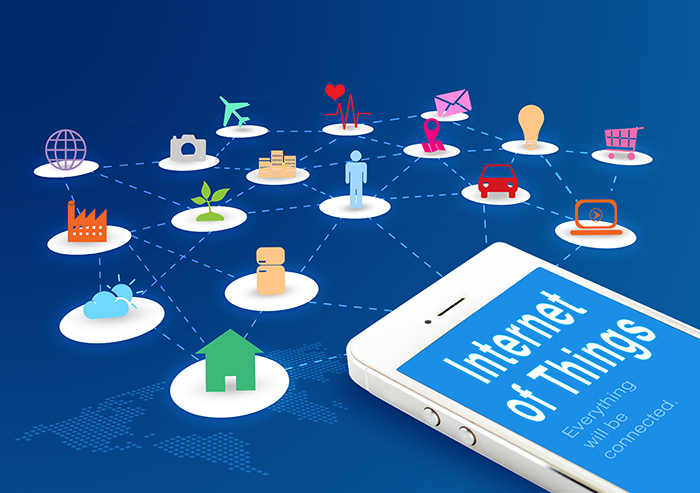Energy harvesting to drive semiconductor sales to $3 billion by 2020

Whether it's the Internet of Things (IoT), wearables, or industrial automation, new devices and applications are portable, battery-operated and require continuous power. Wireless connectivity is required for connecting to the Internet. Today's devices collect and transmit data from sensors, are always or almost always on and require power. The semiconductor industry has met the challenge to design devices for low power operation. But eventually batteries still run out of energy and have to be replaced or recharged. Energy harvesting can extend battery life or possibly replace batteries altogether for continuous operation. The new Semico Research report "Energy Harvesting: The Next Billion Dollar Market for Semiconductors" projects semiconductor sales for this market will reach $3 billion by 2020.
An energy harvesting solution requires more than just the energy harvester or transducer. The key components include a power converter, power management IC (PMIC), MCU, and energy storage. "An ecosystem of semiconductor vendors is emerging for the nascent energy harvesting market," says Tony Massimini, Semico Research's Chief of Technology. "The ecosystems are gravitating around the vendors of key power components. They are forming partnerships with producers of energy harvesters, battery suppliers, and other components."
This study examines the market opportunity for energy harvesting outside of large installations and commercial power generation. A broad range of markets will employ energy harvesting to either replace batteries or extend battery life. These applications cover wireless sensor nodes (WSN) for bridges, infrastructure, building automation and controls, and home automation (including lighting, security and environmental). Energy harvesting will grow in automotive applications, cell phones, wearables and other consumer electronics.
"The vendors of MCUs, sensors, RF, analog and other components will continue to develop lower power devices", according to Massimini. "While this puts less drain on a battery and will extend its life, it also lessens the load for an energy harvesting solution. Energy harvesting solutions are also expected to improve during the forecast period."
The ASPs for the semiconductor components continue to decline, lowering the costs for an energy harvesting solution. This is driving higher penetration rates.
Key findings of the report include:
- The number of energy harvesting solutions will grow to 777 million units by 2020 (CAGR '15 to '20 = 80.6%).
- Smartphone market will become the largest by volume by 2020.
- WSN in commercial and industrial applications, including bridges, will be the second largest market by 2020
- Semiconductor revenues in Energy Harvesting will reach $3 billion by 2020(CAGR '15 to '20 = 71.4%).
In its recent report "Energy Harvesting: The Next Billion Dollar Marketfor Semiconductors" (MP112-16), presents the market for energy harvesting by key end use markets and the semiconductor content. The report discusses the latest trends in energy harvesting, the growing ecosystem, and technical innovations.



































